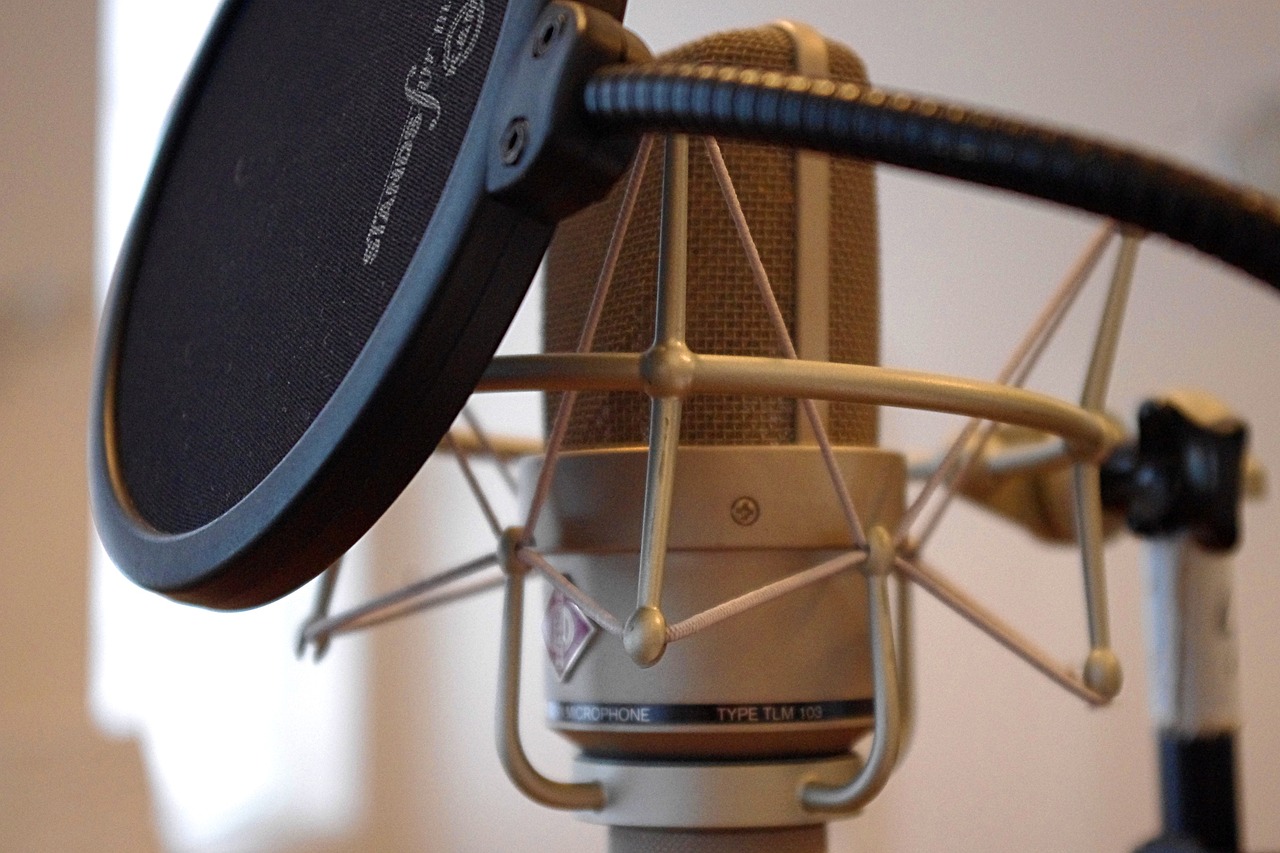The Role of Tech in Wildlife Trafficking Prevention: AI Surveillance, Blockchain Tracking, and Law Enforcement Cooperation
In recent years, advancements in technology have revolutionized the field of wildlife conservation. From GPS tracking devices to drones equipped with cameras, these tools have significantly enhanced our ability to monitor and protect endangered species around the world. With the help of satellite imagery and data analysis software, researchers can now track animal movements, monitor habitat changes, and detect illegal activities more efficiently than ever before.
Additionally, the development of sensor technology has allowed conservationists to collect important data on animal behavior and environmental conditions in real-time. For example, camera traps equipped with motion sensors can capture images of elusive species without human interference, providing valuable insights into their habits and population dynamics. Furthermore, acoustic sensors can record sounds in the wild, helping researchers monitor wildlife vocalizations and identify potential threats to their survival.
Advancements in Monitoring and Surveillance
Wildlife conservation efforts have been significantly boosted by the latest advancements in monitoring and surveillance technologies. Remote sensing tools like drones and satellite imagery offer a bird’s-eye view of remote areas, enabling conservationists to monitor wildlife populations and their habitats from a safe distance. These high-tech tools provide real-time data on animal movements and environmental changes, allowing for proactive conservation measures to be implemented swiftly.
Furthermore, the development of camera traps and acoustic monitoring systems has revolutionized wildlife surveillance. These devices can capture elusive species in their natural habitats without causing disturbance, providing valuable insights into their behaviors and population dynamics. By deploying such innovative monitoring techniques, conservationists can gather crucial data for conservation planning and decision-making, ultimately helping to protect and preserve biodiversity for future generations.
What are some examples of technological innovations in wildlife conservation?
Some examples include camera traps, satellite tracking, acoustic monitoring, and drones.
How have advancements in monitoring and surveillance technology impacted conservation efforts?
These advancements have allowed for more accurate data collection, improved tracking of wildlife populations, and better enforcement of anti-poaching measures.
What are some challenges faced in the use of monitoring and surveillance technology in conservation?
Some challenges include the high cost of technology, limited access to remote areas, and concerns over privacy and data security.
How can individuals contribute to wildlife conservation through the use of monitoring and surveillance technology?
Individuals can support organizations that use these technologies, report suspicious activities, and help spread awareness about the importance of conservation efforts.





